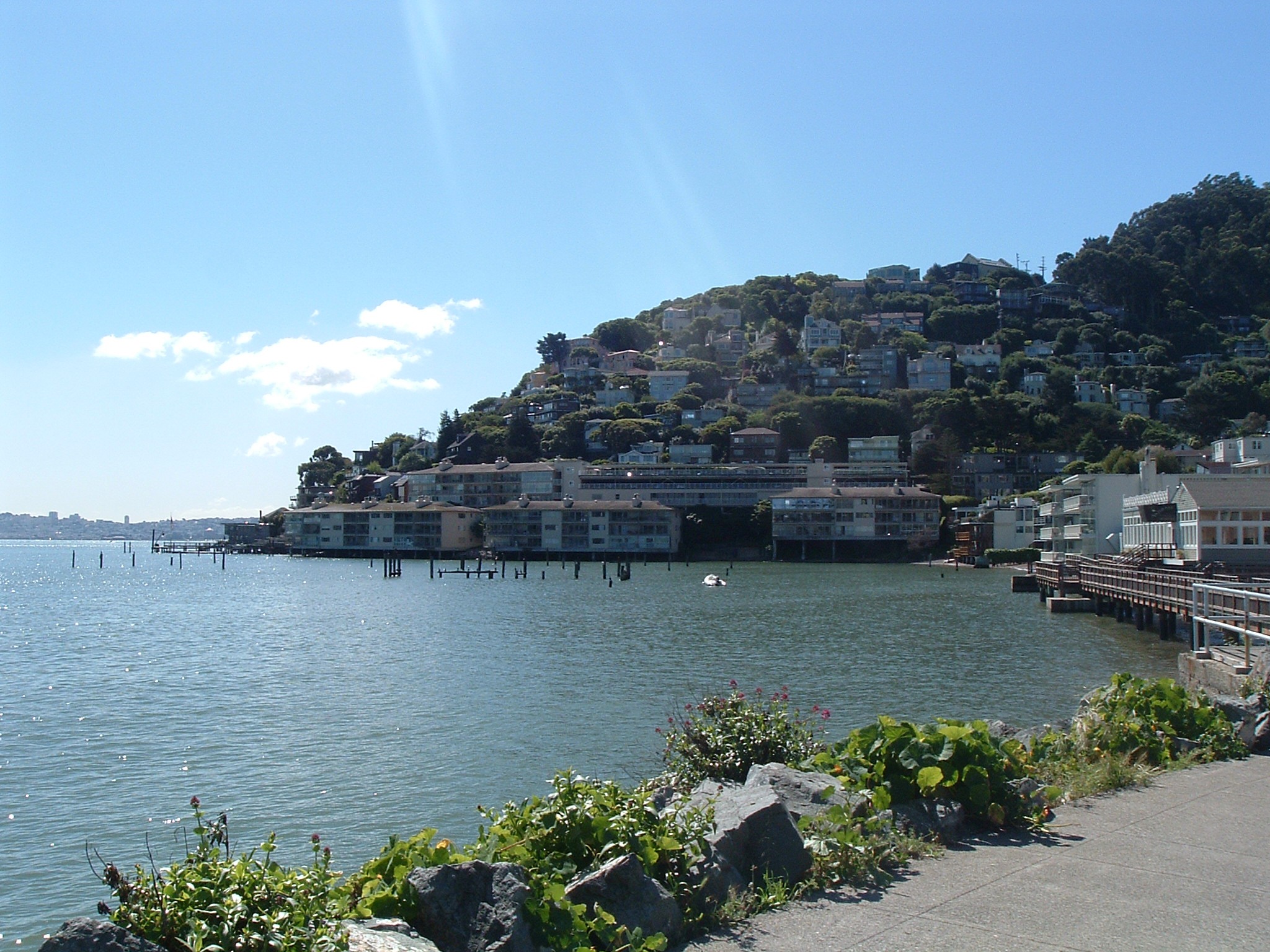What is Sausalito?
Sausalito is a city in California, situated in the state’s San Francisco’s Bay Area, in Marin County. The city, which is about eight miles south-southeast of San Rafael, is situated just near the Golden Gate Bridge.
Pre-Spanish and Spanish era
The “City of Sausalito” indeed has a rich and very interesting history that lead to its present status. For centuries the area that is now known as Sausalito was made home by the Native American Indians (Coast Miwok), whose own settlement is known as Liwanelowa. The area was abound in wildlife, teeming with many animals such as deer, elk, bear, sea lions, otters, and seals.
The Spaniards arrived in area in about the mid-18th century, led by one of the conquistadores Don Jose de Canizares, who was also the first European to land in the area. He and his crew were met by the Indians, and they found them friendly, docile and hospitable unlike the other American Indian tribes who were usually hostile to the European conquerors. Despite this, the Spaniards did little to establish their presence in the area, so that was why it largely remained in its natural, wild state for quite a number of years.
William Richardson: the founder of Sausalito
However, the real development of what is known as Sausalito took place in 1822, showrtly after Mexico won independence from Spain. An English sailor by the name of William Richardson arrived in San Francisco (Upper California); charmed by the place, Richardson decided to settle there. He used his fluency in Spanish to establish his presence in the territory, which was now under Mexican rule. By 1825, Richardson became a naturalized Mexican citizen and converted his religion into Roman Catholicism. Richardson’s business went across the bay to Sausalito, where he provided ships that were anchored in the area with fresh water and firewood.
In 1838 Richardson received a 19,500-acre land grant from the Mexican government, and named his private ranch Rancho del Sausalito, which means “ranch of the little willow grove.” This made Richardson the founder of the area.
The city’s name Sausalito is derived the Spanish word sauzalito, which means “small willow grove” probably because the place used to be very abundant with such tree species. Before the area adopted its present name, there have been previous variants: Saucelito, San Salita, San Saulito, San Salito, Sancolito, Sancilito, Sousolito, Sousalita, Sousilito, Sausilito, and Sauz Saulita.
Richardson built his own ranching and maritime empire, but later financial problems left him bankrupt. He died broke in April 1856.
Railroads and ferries
Like many inland towns in California during the late 19th century or early 20th century, the arrival or railroads initially spurred Sausalito’s growth. In addition to those, the ferries that extended the area across the bay to San Francisco were having their good business. People heading north from San Francisco came through Sausalito by way of these railroads and ferries. But when the Golden Gate Bridge was completed in 1937, the railroads and ferries went out of business.
Sausalito during World War II
The Second World War brought dramatic and positive changes to Sausalito, which was threatened with relative obscurity after the demand for the railroads and ferries took a nose-dive. Because of the demands brought by warfare perhaps, shipbuilding was introduced in the town during that era. A company called Betchel Co. built the Marinship shipyard along Sausalito’s shoreline. In less than four years, seventy-thousand laborers built fifteen freighters, and seventy-eight tankers. Many of the shipyard workers eventually made Sausalito their permanent residence, which brought to the existence of a housing community called Marin City.
Houseboat communities
Because of the shipyard, the development of the marinas really flourished. More business opportunities came to Sausalito, as a result. After the war, the closing of the decommissioned, abandoned shipyards were made into lively waterfront or houseboat communities, along the Richardson Bay. Residents began to camp out in moored boats and erected houses on top of the barge, and turned ferries into their own abodes.
A struggle broke out between the houseboat residents and the developers during the 1970s, which led to the forced expulsion of the residents by the local authorities.
Today there are only three houseboat communities existing in Sausalito’s shores, while the struggles between the residents and the local authorities still continue. Apart from the anchored boat-homes, many people still call their own sailboats and powerboats their humble abodes, and they dot elsewhere near Richardson Bay.
Today, Sausalito’s population stands at 7,061 according to the 2010 US Census. Because of its proximity to the Golden Gate Bridge, Sausalito is an attractive place for tourists. Vistors can come to Sausalito via crossing the bridge, or through riding on the ferries. Check out the Sausalito business directory in the link provided in this hub.

